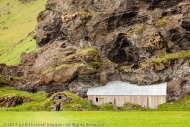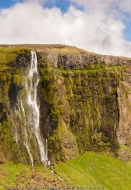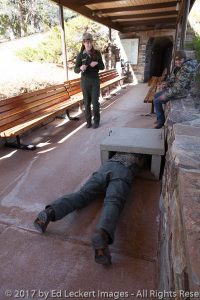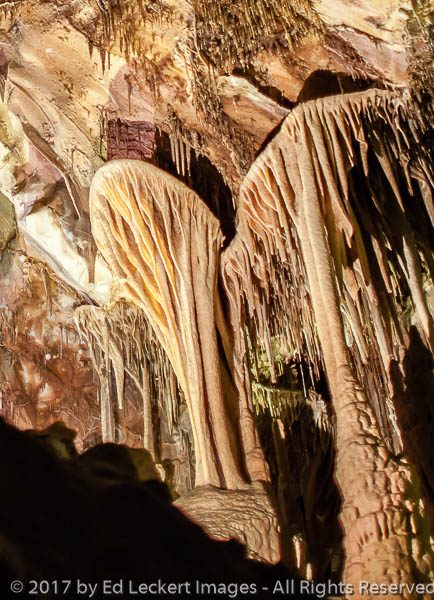


Spring is a great time to go places that no sane person would get near in the summer. Death Valley comes to mind. So last spring I packed the car and headed to southern Nevada in search of wildflowers. First stop, however, was a much cooler place.
OK, technically, my first stop was in Boise, where I met my real-estate agent Lisa for the first time and started working on the big decision about moving from Seattle to Boise. But that’s not what this article is about.
No, after getting a very favorable introduction to Boise, I headed south to Great Basin National Park, the first stop of my photography itinerary. I planned to camp here and check out the main attraction at the park, the Lehman Caves.
The afternoon I arrived at the park, I went straight to the Visitors’ Center as I always do to get maps, information about closures and hazards, and of course to get my National Parks Passport book stamped!
As you might imagine, all tours of the caves are by official paid tours only, and as I suspected, they were all sold out for the day. But tickets for the next day don’t go on sale until that morning, so I made a mental note to be the first in line well before the center opened. I had a long drive ahead of me the next day, and I needed to be on that 9 A.M. tour!

A visitor attempts to squeeze through a concrete device designed to pre-qualify individuals for some of the tighter passageways in the caves, at Lehman Caves, Great Basin National Park, Nevada.
The tour began with the usual warnings about not damaging anything in the caves. People don’t realize how destructive something as simple as the oil on their fingertips can be. (That’s why I always wear gloves when handling photographic prints for sale!) And kids always want to touch everything, right? Worse than finger oils, the structures in caves, stalactites and whatnot that have been “growing” for hundreds of years or longer, can be snapped off in an instant by a careless tourist. We were warned that we would need to duck in some places to avoid damaging both the caves and our noggins!
Before we entered the caves, the ranger showed us a device that had been built to allow early explorers to gauge whether or not they could likely fit through certain passageways in the cave. Fortunately, we wouldn’t be required to squeeze through any of these on this tour, but we were encouraged to try out the device for fun anyway.
I don’t consider group tours like these to be a prime opportunity to capture fine art photographs. We are almost never allowed to bring tripods along, which is particularly significant due to the low light conditions in the caves that would normally require a longer exposure than hand-holding a camera would allow. And not only is on-camera flash photography not going to yield a great result, it is almost always forbidden to avoid blinding other visitors! But I take a camera along anyway, just in case, and I take my fastest lens, a 24mm f/1.4 prime lens, and then just crank the ISO on the camera and hope for the best! The combination of a very wide-angle lens, a very large aperature, and a faster ISO tend to give me a pretty good chance to get at least something, especially if there is a handrail to use to steady the camera. The rangers get a bit upset if you try to use a stalagmite to prop up the camera. 🙂

The Parachute is a shield formation, the type of formation for which Lehman Caves is best known. The Parachute Formation is one of the most highly photographed cave shields in Lehman Caves, in Great Basin National Park, Nevada.
Lehman Caves is known for having an abundance of formations known as shields. Shields are not as rare as was once thought, and have actually been found in a numerous other caves across the United States, but Lehman still has an unusually large concentration of them. Shields consist of two round or oval parallel plates with a thin crack between them. Shields may be decorated with popcorn or helictites (a distorted form of stalactite) on the top and along the crack, and draperies and stalactites on the bottom.
This area was previously known as Lehman Caves National Monument, as President Warren G. Harding declared it a national monument on January 24, 1922. The U.S. Forest Service originally administered the caves, but not particularly well. On June 10, 1933, President Franklin Roosevelt transferred control of all national monuments, including Lehman Caves, to the National Park Service. And in 1986, the caves and surrounding areas became Great Basin National Park.
The tour over, I broke camp and packed the car for the trip south. Next week we’ll explore southern Nevada!

Thanks Ed, great to hear from you again. Max
And nice to see you’re still around, Max!
Informative! Educational! Gorgeous work!
Aw, thanks Eugene!?